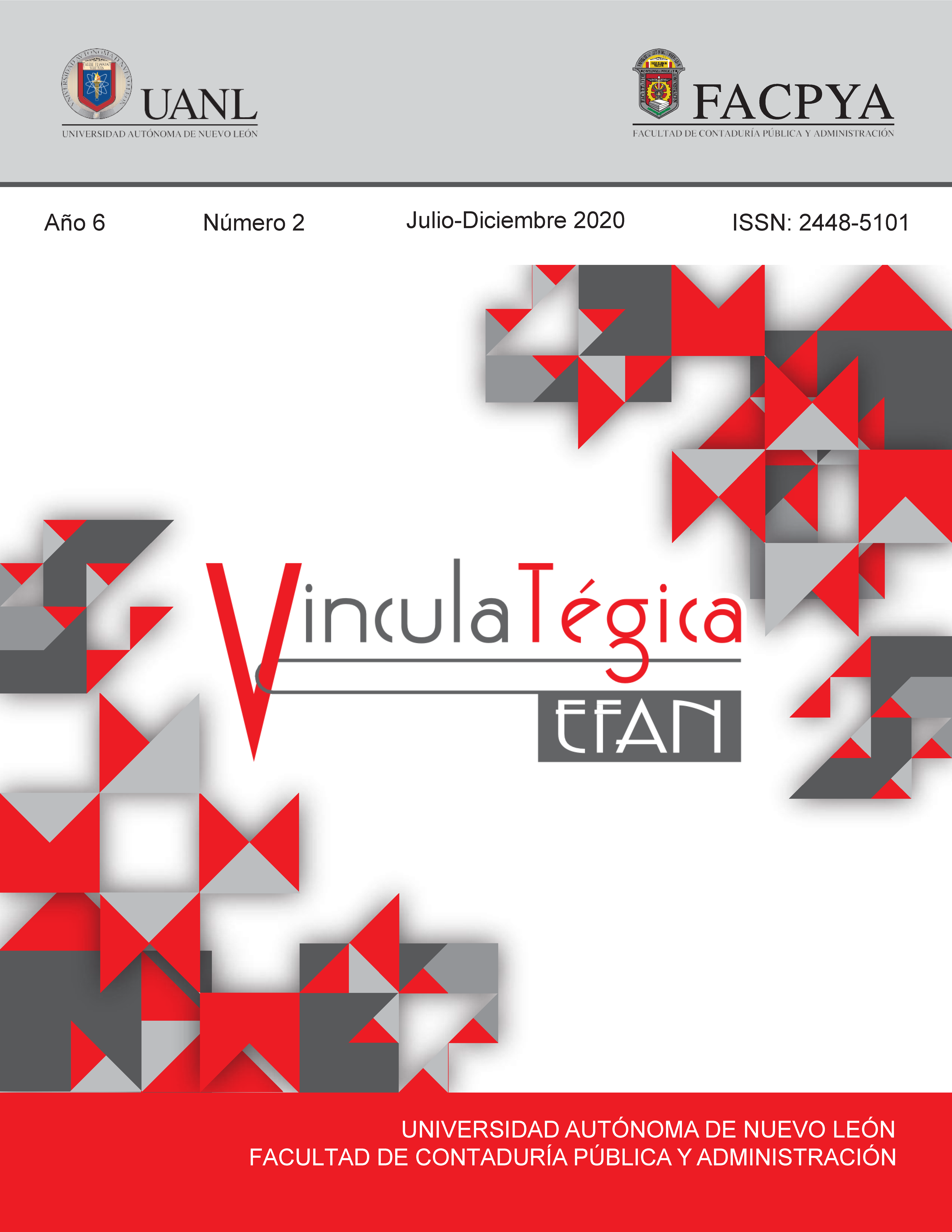Educational Mobile App for Costs
DOI:
https://doi.org/10.29105/vtga6.2-568Keywords:
Aplicación móvil, costos, tecnología, enseñanzaAbstract
The article presents research results: Design, development and implementation of an educational mobile application (App) for costs, as a teaching tool in the gastronomy career, through its use students acquire knowledge to determine the production cost of what is sold, with focus on the needs of gastronomic microenterprises. The research is developed using a deductive-descriptive method, it is based on two categories, in the design of the software, the necessary elements were considered to meet the technical and educational requirements; The technical was developed through the App, in the educational the cognitive domain is achieved by levels based on Bloom's taxonomy. The software consists of windows to facilitate the understanding, analysis and application of the topics, accessible to any user. With the results obtained, a comparison was made between the learning obtained without and when using the App. Using it, significant learning of the topics of the subject was demonstrated.Downloads
References
Arias, F. (2006). El proyecto de investigación: Introducción a la metodología científica. Caracas: Venezuela.
Arias O. Elena y Crista Julian. 2014, pag.3 El BID y la tecnología para mejorar el aprendizaje: ¿Cómo promover programas efectivos?,Banco Interamericano de Desarrollo, División de Educación. III. Título IV. Serie IDB-TN-670
Aurani, M. (2006). Evaluaciones de los aprendizajes. Buenos Aires: Ediciones novedades educativas.
Ahedo Ruiz y Danvila del Valle, 2019, pág. 26 Las nuevas tecnologías como herramientas que facilitan la educación formativa en la educación Tecnológico de Monterrey (ITESM) – Guadalajara, ciencias de la educacion, Psicologia y Sociologia.
Andrew Churches, 2020, pag. 1 Taxonomia de Bloom para la era digital, obtenido de: http://eduteka.icesi.edu.co/articulos/TaxonomiaBloomDigital el 15 de febrero de 2020.
Benigni, G. (2004). Metodologìa orientada a objetos para desarrollar software multimedia. Venezuela.
Barboza Osuna Julio y Cabero Almenara Julio (2014) Nuevos escenarios digitales: las tecnologías de la información y la comunicación aplicadas a la formación y desarrollo curricular, Pirámide, Madrid España
Bautista, A. y Alba, C. (1997) "¿Qué es Tecnología Educativa?: Autores y significados”, Revista Píxel-bit, 9 (4). http://www.us.es/pixelbit/art94.htm
Castaño Gonzáles, E., Cuello Guijón, A., Gutiérrez Luna, N., Rivero García, A., Sampredro Villasán, C., y Solís Ramírez, E. (2004). Educaciòn y cultura cientifica. Madrid: Andalucia.
Colín, J. G. (2014). Contabilidad de costos. Mèxico: Mc Graw Jill.
European, C. (1 de 03 de 2017). Qué son y cómo funcionan las nuevas Aplicaciones Instantáneas de Android. Obtenido de http://www.europapress.es/portaltic/software/noticia-son-funcionannuevas-aplicaciones-instantaneas-android-20170301112942.html
Fernandez Juliana 2016 recuperado el 14 de marzo de 2020, de https://prezi.com/lf334afzpfes/lasaplicaciones/?cv=1
García, I. V. (2008). Teoría de la conectividad como solución emergente a las estrategias de aprendizaje innovadoras. Recuperado el 18 de marzo de https://prezi.com/lf334afzpfes/lasaplicaciones/?cv=1http://publicaciones.urbe.edu/index.php/REDHECS/article/view/602/1 526
García, A. (2001). Teorías e Instituciones de la Educación. Una aproximación Sociológica. Madrid, Padilla Libros Editores.
Gómez, V. (5 de julio de 2015) Tecnología educativa y neurociencia. [Mensaje de un blog]. Recuperado el 27 de marzo de 2016 de http://neurocienciate.blogspot.com.es/
Hernández Saavedra, Victoria, (2016) Las Apps como refuerzo educativo: De la educación informal a la educación formal, Universidad Nacional de Educación a Distancia, Madrid España
Leapp. (30 de 04 de 2012). Wordpress.com. Obtenido de Historia de la aplicación movil:leaap.wordpress.com
Leiva, Carlos. 2005. Conductismo, cognitivismo y aprendizaje, Tecnología en Marcha, 18 (1) tecnológico de costa rica. recuperado el 14 de marzo de 2020 de: https://revistas.tec.ac.cr/index.php/tec_marcha/issue/view/72
Macero. (22 de julio de 2018). Arte Interactivo. Obtenido de https://arteint.com/historia-lasaplicaciones-moviles/
Medina Lozano, Villalobos Salmerón, & Ordaz Celedon, 2017 Software educativo de costos, revista REDIPE, https://revista.redipe.org/index.php/1
Pressman, R. S. (2010). Ingeniería de software un enfoque práctico. México D. F.: Mc Graw Hill.
Osuna, J. (2013). Nuevos escenarios digitales (1ª ed.). Madrid: Pirámide.
Rojas M. Ricardo A. (2007) sistemas de costos un proceso para su Implementación, Universidad Nacional de Colombia sede Manizales
Sánchez Ávila Gregorio, 2014, Uso de la Tecnología en el Aula, EUA
UNESCO (2014) Enseñanza y aprendizaje. Lograr la calidad para todos. Recuperado 15 de febrero de 2016 de http://unesdoc.unesco.org/images/0022/002256/225654s.pdf
Downloads
Published
How to Cite
Issue
Section
License
Copyright (c) 2023 Alejandra Medina-Lozano, José Martín Villalobos-Salmerón, Lucia Carmina Michel-Pérez

This work is licensed under a Creative Commons Attribution 4.0 International License.
a). Authors keep copyright and give the journal the right of the first publication of the work under a Creative Commons attribution license. This license allows others to share the work as long as original authorship and initial publication in this journal is acknowledged.
b). Authors may make other independent and additional contractual agreements for the non-exclusive distribution of the version of the article published in this journal (e.g., include it in an institutional repository or publish it in a book) as long as they clearly indicate that the work was published for the first time in this journal.







